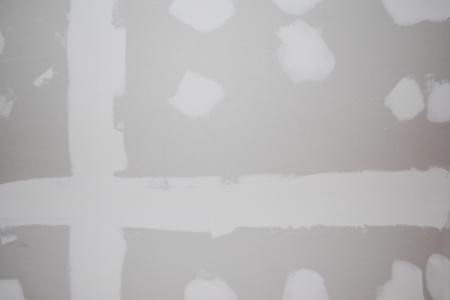Top 10 Signs It's Time For Drywall Repair In Your Home

Drywall makes up most of the walls and ceilings in your home—but it doesn't last forever. Even in well-maintained homes, drywall can wear down, crack, or get damaged over time. Ignoring the early signs can lead to bigger problems and costly repairs. Not sure if your walls need help? Here are the top 10 signs it's time to call a professional for drywall repair.
Call Mr. Genie Handyman LLC at 727-247-9573 for a drywall repair quote and get your walls looking like new again.
1. Cracks In The Wall
Hairline cracks might not seem like a big deal, but they're often signs of shifting, settling, or even moisture damage. If the cracks keep growing or appear around door frames, it's time to get them checked out by a reliable handyman in Hudson.
2. Visible Holes
Whether it's from moving furniture, roughhousing, or accidental impact, holes in your drywall don't just look bad—they can affect insulation and soundproofing. Even small holes should be patched properly.
3. Water Stains
Brown, yellow, or discolored spots on your ceiling or walls are red flags. Water stains often point to a leak in the roof, plumbing, or HVAC. Once the leak is fixed, the damaged drywall needs to be replaced before mold sets in.
4. Bubbling Or Peeling Paint
If your paint is peeling or bubbling, don't blame the paint just yet. This is often caused by moisture trapped behind the drywall, especially in humid areas like bathrooms or kitchens.
5. Soft Or Spongy Spots
Press lightly on suspect areas—if the wall feels soft, spongy, or weak, there's likely water damage inside. This can also lead to mold, so don't wait too long to address it.
6. Mold Or Mildew Growth
Visible mold is never a good sign. It usually means the drywall has been exposed to moisture for a while. Moldy drywall can't be cleaned—it needs to be cut out and replaced to keep your home safe and healthy.
7. Sagging Or Bulging Sections
Drywall should sit flush with your wall or ceiling. If you notice parts of it sagging or bulging out, it may be due to water damage or poor installation. Either way, it's a sign it needs to go.
8. Loose Joint Tape
The tape that covers drywall seams can come loose over time, especially if moisture or poor taping technique was involved. Once it starts peeling, it's hard to hide—and the joint underneath may need fresh mud and tape.
9. Nail Pops
Nail or screw heads that push through the drywall surface are called nail pops. They're common in older homes or those with settling foundations. They may seem harmless, but they often indicate deeper movement in the wall structure.
10. Outdated Or Poor Texture
If your wall texture is cracking, flaking, or just outdated, it might be time for a refresh. A handyman can handle both texture repair and texture installation to give your walls a modern, clean finish.